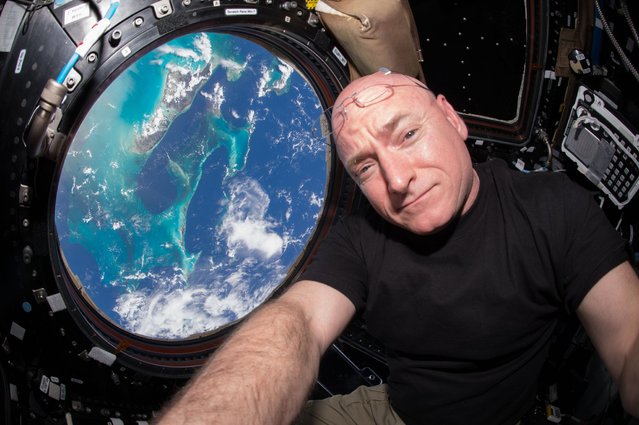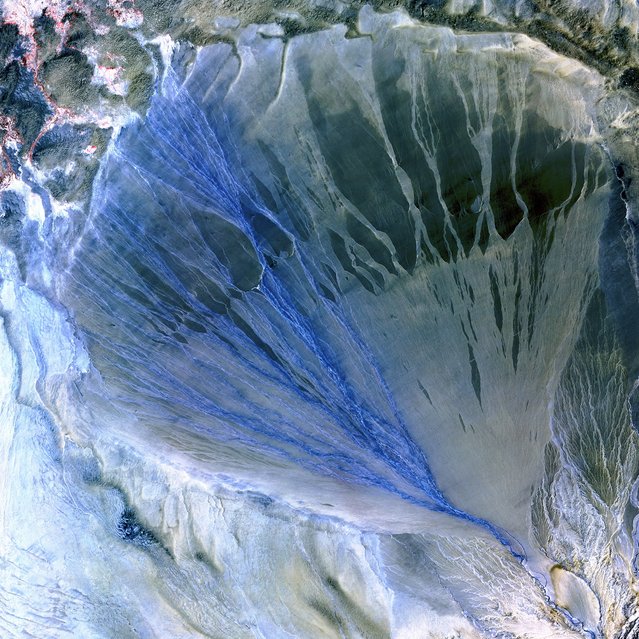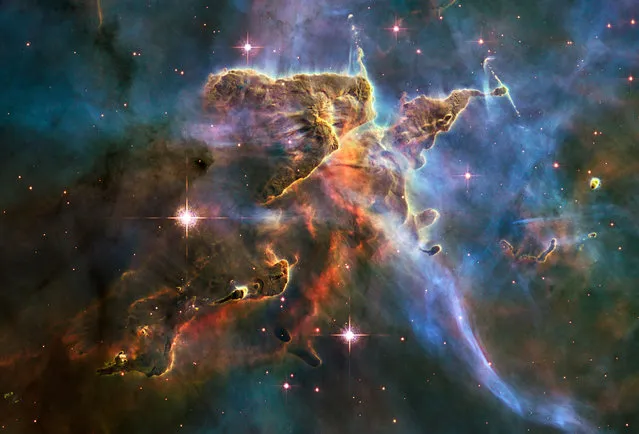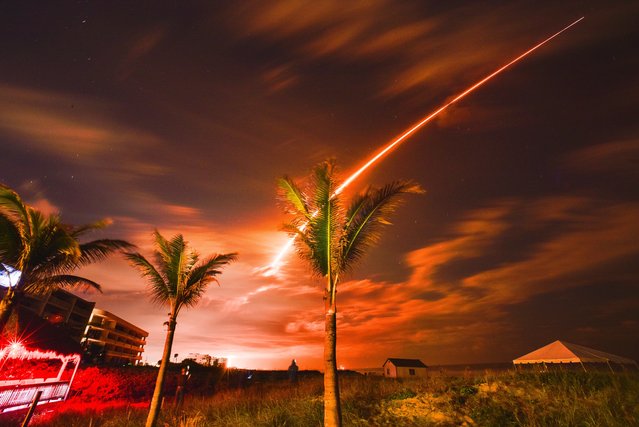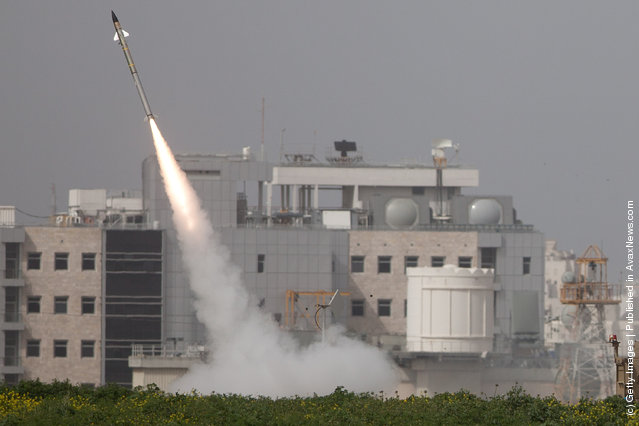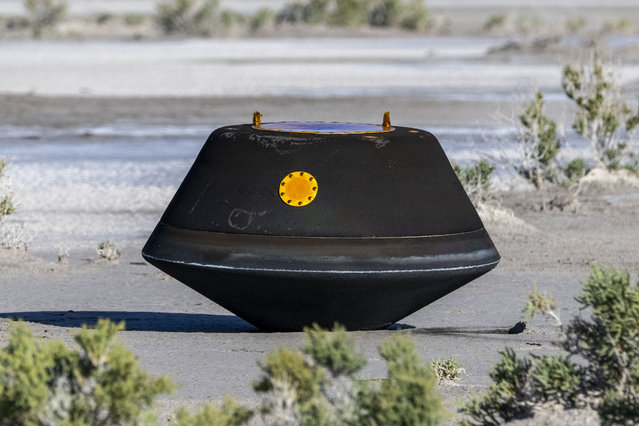
In this photo provided by NASA, the sample return capsule from NASA's Osiris-Rex mission lies on the ground shortly after touching down in the desert, at the Department of Defense's Utah Test and Training Range on Sunday, September 24, 2023. The sample was collected from the asteroid Bennu in October 2020. (Photo by Keegan Barber/NASA via AP Photo)
27 Nov 2024 03:45:00,post received
0 comments

